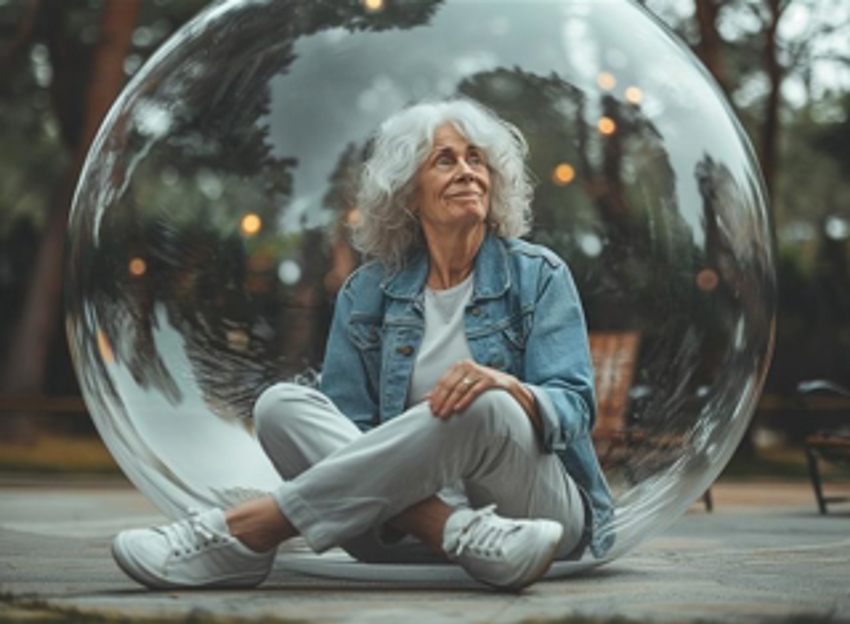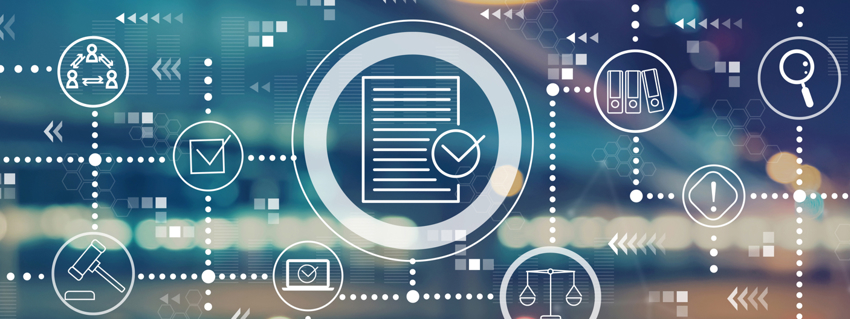At other places
Work, school and home are typically the indoor places where we spend the majority of our time. Yet, there are other places we go and visit - whether regularly or occasionally. Each place means different conditions and demands for the indoor climate.
Beside indoors, what other places we go to?
We are the indoor people, spending about 87% of our time indoors.
- We spend 90% of our time indoors.
- We spend 1/3 of our lives sleeping, typically at our home, but occasionally in other places - like hotels.
- We spend about 10+ years working and in work-related activities, and another 20+ years on leisure activities.
We work, we study and we leasure. What are other places we go? What are another ways of living now? Where is elsewhere, on the go, out & about and between spaces?
The statistics are clear: in a building (68.7%), outdoors (7.6%), in the car (5.5%), in the office-factory (5.4%), in the restaurant-bar (1.8%), and other indoor locations (11%).
On the go, out & about or between spaces?
Other places can be at sports and at leasure spaces, at public spaces, at enterntainment facilities and more.
We evolve and so do our needs, wants, wishes and requirements. Only from about the 18th century, we have gone from 90% of people working outside to less than 20% of us working outdoors. We seek shelter and good indoor spaces for our health and well-being - and our modern lifestyles are led inside buildings, we live, work and relax indoors.
We are all different and the mentioned stastics will not fit us all. We are humans and we differ - in anything and in everything. That also means we can have different ways of living and sometimes we can also live on the go, out & about or between spaces.

The reality of indoor living – Time to think about resiliency in buildings
The indoor environments, where we spend most of our time, impact our lives. How and where we live, work, and the things we enjoy affect our lives – every day, every year, for the expected 72-78 years we live. The structure of our modern lives has led to us spending more time indoors than ever. We went from living outdoors in danger to moving indoors for protection. What is 'indoor living' doing to our health, well-being and productivity?
Read our Update&Insight 'The reality of indoor living – Time to think about resiliency in buildings'
Being healthy starts from outdoors...
Speding time outdoors offers numerous health, physical and mental benefits - stronger immunity, improved mood, better sleep and reduced stress, and more. From normal sport activities to professional sport activities, there is a clear connection. And healthy bodies means healthy minds - and it is not only food as nutrients for the physical bodies but also the activity for health and enjoying well-balanced lives.
"All forms of physical activity which, through casual or organised participation, aim at expressing or improving physical fitness and mental well-being, forming social relationships or obtaining results in competition at all levels". — Sport definition from the Council of Europe (1992)
One example is the professional sportspeople and we have looked into their lives of top biathlon athletes in Sweden. The benefits of outdoor sports and exposure to nature often go beyond being active in a non-natural environment, i.e. being active indoors leads to a healthier lifestyle.
Watch: Indoor Climate — A Key Factor to Perform on Top
Lecturers: Malin Höij & Christoffer Lindström
Webinar recording from Swegon Air Academy, 2022. In this video you will get an insight into the lives of some of the top biathlon athletes in Sweden.
With the Swedish Biathlon National Team representatives: Håkan Blidberg, Kent Norell, Teodor Peterson, Magnus Oscarsson, Andreas Kårström and Hampus Lindblom.
Space is the breath of art.— Frank Lloyd-Wright, Architect
There are more spaces we can found ourself in, some are very typical indoor spaces and some can be very unsual spaces. And sometimes it is a mix of being outdoor and indoor - all based on our ways of living.
Other places to work
At co-working spaces
At cafes
At restaurants
At hotels
Leasure & entertainment
At sports facilities
At museums
At concert halls
At libraries
Moving environments
At cars
At trains
At flights
At ships
Extreme and unsual places
At spaceships
At submarines
At mines
At reserach labs in remote/cold
More ways to live, work and study now...
Today there are more ways of working - remotely, without a designated work place and co-working spaces. In the past few years, we have embraced a new way of working - remote, beyond just the office and allocated spaces in the traditional offices and meeting rooms. Here are just a few examples of remote work trends:
• Co-working spaces as offices-for-rent.
• Working remotely from the cafes and/or restaurants, especially during slow hours and aiming at freelancers.
• Variety of spaces in hotels, not only dedicated rooms for meetings, as work-from-hotels.
Nowadays, many models offer variety of amenities such as flexibela and inspiring spaces, networking opportunities and technical necessities, such as refreshements, wireless connections and controlled indoor environments.
We can also work where we live, in so-called co-living spaces combining accomodation with work environments and social interactions. In consequences, many hostels, hotels, restaurants and other co-working spaces experiment with the mixed-use format offering places to stay, work, sleep, meet, connect and experience.
Thus, reshaping not only hospitality business through new socio-spatial patterns of mobile digital work, but also utilising the buildings full potential with maximum usage at full capacity for certain types of building that previously have had only a dedicated use in specific times.

New socio-spatial adaptation of buildings and their systems
Reshaping buildings - from their initial design to the new mixed-use format - is a huge task. It is not just rebuilding the building itself but also readjusting the building infracture and systems. There is a need for critical understanding of the complexities of practises and consuquences for buildings and its occupants.
One of the key...
Read our Update&Insight: 'How digitalisation helps solve energy and comfort issues – The story of the Blue House'
....
Read our Update&Insight: 'Data transforms modern buildings – We share HVAC expertise'
https://www.researchgate.net/publication/361794319_Coworking_Spaces_as_Destinations_and_New_Stakeholders_in_Hospitality_Ecosystems_In_N_Olbrich_J_Philipp_H_Thees_H_Pechlaner_Hrsg_Towards_an_Ecosystem_of_Hospitality_-_LocationCityDestination_Graffeg_Li
https://www.sjweh.fi/article/4213
actively protect people’s work/life balance
n a way that promotes well-being while ensuring business needs are met.
maintaining a healthy balance with remote work now commonplace. The research backs this up: people are working longer days. When you can’t walk out of the office and head home, when does the working day actually end? It can be tempting to leave the laptop open and keep an eye on things. Or, agree to that super late (or early) meeting thinking “Well, I’ll be home anyway.”
https://blog.swegon.com/en/the-new-office-era-trends-and-solutions
https://www.swegon.com/uk/knowledge-hub/application-guides/offices---renovation/the-new-purpose-of-the-office/
https://papers.academic-conferences.org/index.php/eckm/article/view/782
https://dl.acm.org/doi/pdf/10.1145/358061.358068
https://www.swegon.com/knowledge-hub/knowledge-hub-updates/guide-indoor-climate-in-public-buildings/
Another way of living and working remotely from the cafes Sleeping in hotels and next day work? On travel for business? Working from shared offices (BlueHouse for offices for rent)
Quirky and unusual places
Out of breath, out of time. Very unusual spaces - more like one-time opportunity for us to be in. However, we still need to breathe in these spaces - we need have a habitable environment.
- At spaceships
- At submarines
- At mines
First life, then spaces, then buildings – the other way around never works.Jan Gehl, urban visionary